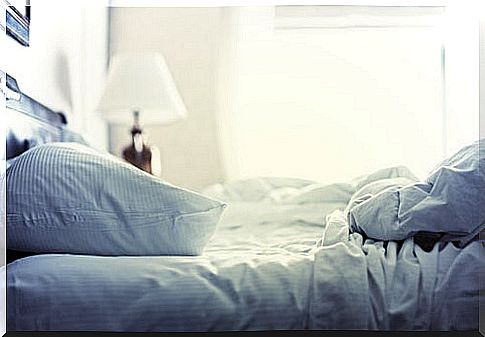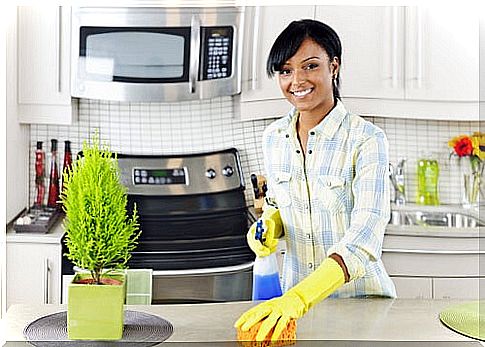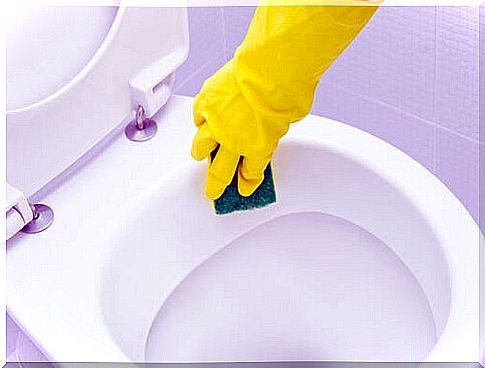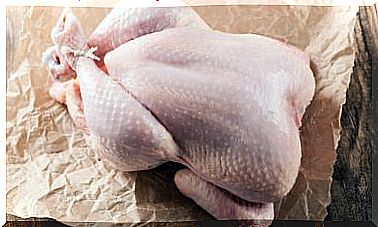Tips For Maintaining A Hypoallergenic Home
Without noticing it, every day we are feeding millions of mites that are hidden in different areas of our home and that are responsible for triggering many of the allergic reactions that can affect health.
This explains why today there are entire families that regularly suffer from rhinitis, dermatitis or allergic asthma, among others.
Eating on beds or furniture, poor cleaning and taking weeks to remove dust are the most common ways to feed these tiny critters that can spread easily in different environments.
For this reason, it is very important to pay more attention to the hygiene of the whole house and to find a way to keep it hypoallergenic to prevent diseases. You know how to do it?
Tips for maintaining a hypoallergenic home
Care for the bedroom

The bed is one of the favorite environments of the mites. Sweat, heat and the small scales that come off the skin create an ideal environment for the development of the most common allergies.
To reduce this risk, it is best to dress the bed with 100% cotton sheets, which should be washed every week with a high temperature program (60 ° C).
Pillows, duvets or blankets can be washed every 6 months, but it is convenient to shake them every day and put them in a place where they can be ventilated.
Pets should be prevented from entering the room, as they are potential carriers of mites and the hair they shed causes sensitivity in people with allergy problems.
Kitchen care

It requires special attention because there is a risk of different pathogens appearing in addition to mites. Moisture, heat and food debris are usually concentrated there, making an ideal place for their proliferation.
To avoid heat and humidity, it is advisable to cook with the pots covered or with the hood on. If possible, there should be a way to ventilate the place to exchange the air and reduce the condensation that is formed by the accumulation of various substances.
After washing the dishes, they should be dried before putting them in place. It is also important to keep all food in airtight containers, preferably glass.
The countertop, the floor, the walls and the rest of the kitchen surfaces must be disinfected every day to eliminate bacteria and avoid the invasion of cockroaches or ants.
Taking care of the bathroom: an essential part of any home

Both the shower and the toilet accumulate moisture that, as the days go by, becomes dirty and gives rise to the perfect home for germs.
To prevent this moisture from spreading to other spaces in the house, keep the door closed and use mats at the entrance. These rugs should be washed regularly as, by absorbing water, for obvious reasons they also create bad environments.
After using it, it is best to dry all your surfaces very well, to avoid the appearance of mold and cockroaches. When washing them, a good option is to use natural ingredients such as vinegar and lemon, instead of conventional detergents.
The living room

This familiar spot can concentrate many mites and microorganisms when it is not cleaned regularly to remove dust and other agents from the environment.
What to keep in mind for this part of the house includes:
- Soil type.
- Upholstery for sofas or armchairs.
- Curtains.
- Pets.
- Ornaments.
The floor requires daily cleaning because a large amount of dust and dirt usually accumulates there. The armchairs can be covered with cotton covers for ease of regular washing, or a special upholstery product can be used.
A good option is to choose furniture made of leather material, as these are easier to clean.
All decorations or items in the room should be shaken at least 3 times a week to remove dust and pollen.
Pets should not climb on furniture and should be away from these areas of the home as much as possible. When you suffer from frequent allergies, it is best to consult your doctor before making the decision to include a pet in the family.









